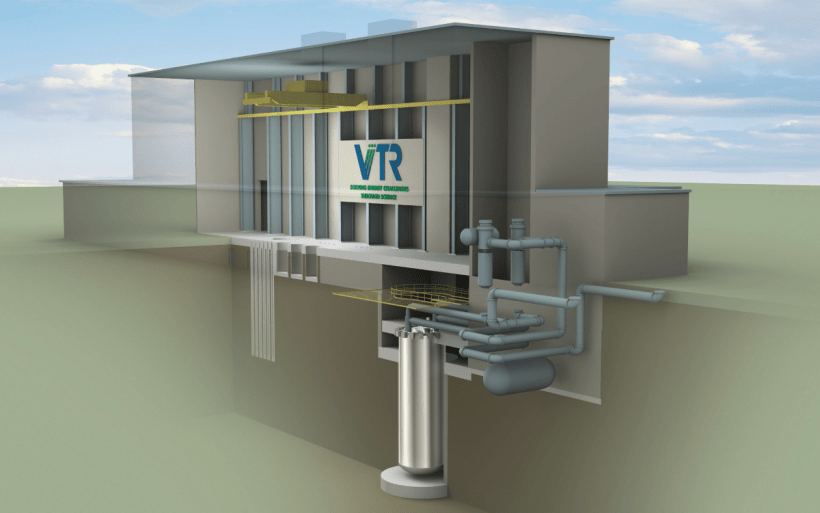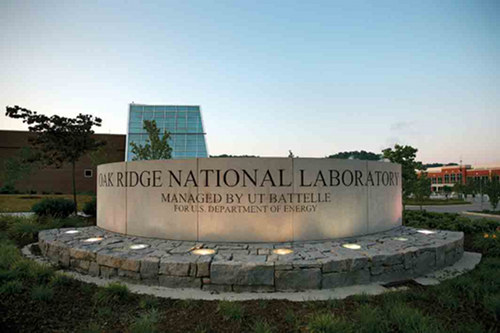The U.S. Department of Energy has decided to build a nuclear test reactor at Idaho National Laboratory to study fuels and materials.
Besides INL, Oak Ridge National Laboratory had been considered as a potential site for the Versatile Test Reactor. ORNL remains one of five national laboratories that are partners on the project. DOE said building the test reactor at INL was its preferred alternative.
At ORNL, the Versatile Test Reactor would have been at a relatively undeveloped site previously considered for other projects about a mile east of the ORNL main campus. It would have required a new hot cell and a facility for post-irradiation examination and the conditioning of spent nuclear fuel for disposal. It would also have used existing facilities at ORNL, including the Irradiated Fuels Examination Laboratory and the Irradiated Material Examination and Testing Facility.
DOE said building the Versatile Test Reactor at either INL or ORNL would have small environmental consequences, but overall, the consequences would be less at the INL site. Among the reasons: A smaller area would be temporarily disturbed and permanently occupied at INL because of the need to build a new hot cell facility at ORNL. Unlike the INL site, the ORNL location abuts wetlands that would have to be managed or avoided under the Clean Water Act and Tennessee regulations. The removal of trees at ORNL would result in the loss of roosting habitat for sensitive bat species. And although small at both locations, the potential radiological impacts would be lower at INL because the Versatile Test Reactor would be farther from the site boundary and population density is lower near INL than ORNL.
The rest of this story is available if you are a member: a subscriber, advertiser, or contributor to Oak Ridge Today.
Already a member? Great! Thank you! Sign in here.
Not a member? No problem! Subscribe here:
Basic
- Basic monthly subscription ($5 per month)—access premium content
- Basic annual subscription ($60 per year)—access premium content
Pro
- Pro monthly subscription ($10 per month)—access premium content, get breaking news emails first, and submit one press release or public service announcement per month
- Pro annual subscription ($100 per year)—save $20 per year, access premium content, get breaking news emails first, and submit one press release or public service announcement per month
Temporary
If you prefer to send a check, you may do so by mailing one to:
Oak Ridge Today
P.O. Box 6064
Oak Ridge, TN 37831
We also have advanced subscription options. You can see them here.
We also accept donations. You can donate here. A donation of $50 or more will make you eligible for a subscription.
Thank you for reading Oak Ridge Today. We appreciate your support!

